
Life Cycle Of Coffee Beans
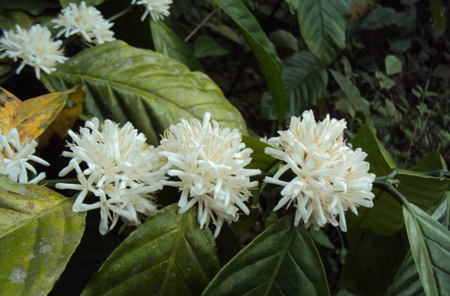
1.Flowering & Harvesting
The coffee tree begins as a planted seed in the ground. Within 4-8 weeks, it becomes a seedling. After 3 years, it starts bearing fruit known as cherries. By the sixth year, the tree is full of fruit and ready for harvesting. This process occurs in large coffee plantations across over 50 coffee-producing countries globally.
Coffee trees flourish solely in tropical and sub-tropical zones. Brazil, the primary producer, contributes over 28% of global output. A thriving coffee tree yields 1 kg+ raw coffee yearly, requiring 17º to 23º Celsius temperatures, rainfall, and suitable soil. Coffee grows in red cherries, each holding two beans used for prized golden coffee.
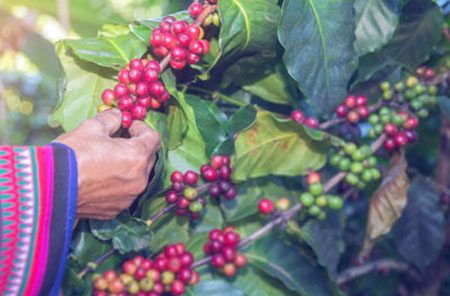
2.Picking
After cherries ripen on coffee trees, the next step is harvesting beans. These beans, seeds of the plant, are enclosed in red or purple fruit, the cherry. Coffee plants grow orderly, spaced feet apart. Harvesting cherries demands precision and care, usually done by hand to select only ripe ones. This ensures high-quality beans. Skilled pickers gather 50-60 pounds daily. Their expertise impacts yield and bean quality.
To meet today's coffee demand, we must produce 5,000,000+ metric tons annually, a substantial global consumption. Each coffee tree lives about 20 years, yielding around 40,000 beans from its cherries. These beans transform into the coffee we savor. Coffee growers worldwide dedicate themselves to this impressive feat, nurturing and cultivating each tree for a bountiful harvest.
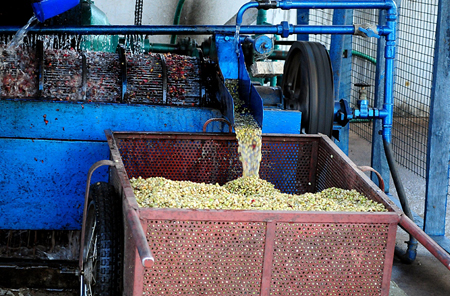
3.Pulping & Drying
If the coffee beans have been processed using the wet method, the next step is to dry the pulped and fermented beans. Drying is essential to reduce the moisture content of the beans to approximately 11%. This level of moisture is necessary to properly prepare the beans for storage and ensure their quality and longevity. Proper drying helps prevent mold growth and spoilage during storage, allowing the coffee to retain its flavors and aroma until it is ready for further processing or export. The drying process is typically carried out under controlled conditions, such as sun-drying on raised beds or using mechanical dryers, to achieve the desired moisture content.
After wet processing, the coffee beans are dried either by sun-drying on tables or floors, or by machine-drying in tumblers. The dried beans, known as parchment coffee, are warehoused in bags until they are ready for export.
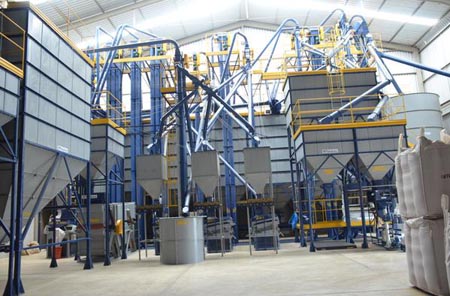
4.Hulling & Polishing
Hulling Machinery removes the parchment layer (endocarp) from wet-processed coffee. Hulling dry-processed coffee refers to removing the entire dried husk, including the exocarp, mesocarp, and endocarp, from the dried cherries.
Polishing is an optional process where any remaining silver skin on the beans after hulling is removed by a machine. While polished beans are considered superior to unpolished ones in appearance, in reality, there is little difference between the two in terms of taste or quality.
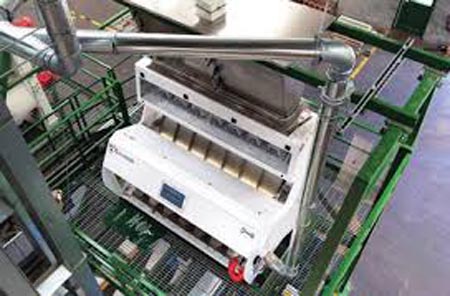
5.Sorting & Grading
Beans undergo grading and sorting by size, weight, and color flaws. They pass through screens and are pneumatically sorted using air jets to differentiate between heavy and light beans. This precise process ensures beans meet quality standards before further processing or packaging.
Coffee beans' size is rated on a scale of 10 to 20, matching hole diameters in 1/64-inch units. For instance, a size 10 bean equals a hole of 10/64 inch, and size 15 is 15/64 inch. This system categorizes beans by size, impacting taste and traits during roasting and brewing.
Defective beans are culled manually or mechanically. Those not meeting standards due to size, color, over-fermentation, insect harm, or being unhulled are discarded. Many coffee-producing nations employ both machines and manual labor. This guarantees only top-tier beans are chosen and exported. Such meticulous selection guarantees the ultimate product aligns with global coffee consumer expectations.

6.Tasting
From this point onwards, the coffee bean undergoes a tasting test for quality at every stage. This process is known as "cupping," where an experienced coffee taster meticulously evaluates the coffee beans. During cupping, the taster can test hundreds of coffee beans and discern the subtle differences between them.
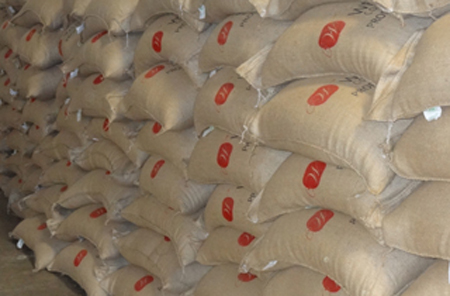
7.Exporting
The milled coffee beans, now known as green coffee, are loaded onto ships using either jute or sisal bags, which are placed inside shipping containers. Alternatively, they can be bulk-shipped directly inside plastic-lined containers. This ensures that the green coffee beans are securely transported to their destination, ready for further processing or distribution to coffee roasters and consumers worldwide.